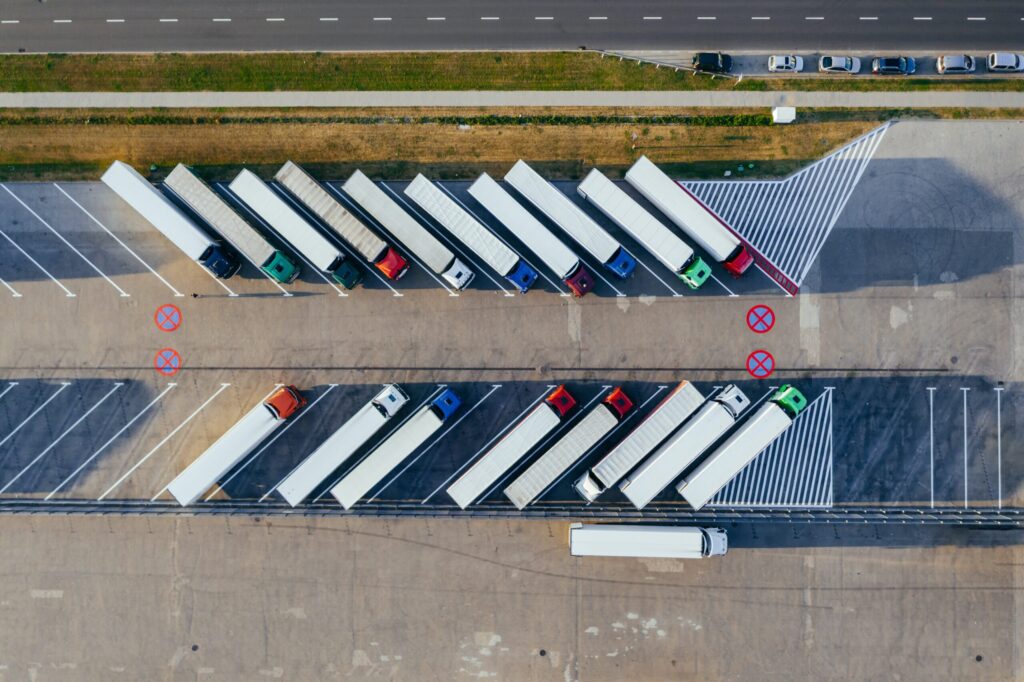The trucking industry has existed in America since the late 1800s, but the shipping industry as a whole has existed for more than 5000 years. As long as there has been a globalized civilization, there’s been a need to ship things hundreds (even thousands) of miles. Hence, the first trucks were horse-driven carriages and wagons, and the first cargo jets were massive ships that made their way through oceans, up rivers, and into the hands of customers in local markets from merchants.
The industry has gone through countless changes over the last several hundred years, but let’s focus on these last 150 plus years, primarily due to one key invention: the engine.
The Engine Changed Everything
Though the car didn’t come along until a few hundred years afterward, Leonardo Da Vinci actually sketched the first horseless carriage in 1478 – check out that sketch here.
After more than a hundred years of failed efforts, the first engine was invented by Jean Joseph Etienne Lenoir in 1860.
This engine was barely functional and had a tendency to overheat, but it was still a revolutionary discovery for the time and, pun intended, set the wheel in motion for the future of the automobile.
After Karl Benz invented the first practical automobile in the late 1870s, the truck soon followed.
Planes, Trains, and… Trucks
The first steam engine was invented in 1804, and long before it was practical to haul freight via airplane or truck, trains hauled almost all American freight.
Even in the early years of the trucking industry, it was much more practical to haul freight with a train. Airplanes weren’t even in the picture until the early 1900s, and they weren’t used to haul freight until much later.
At the same time that the airplane was being created, early trucks were beginning to serve a place in the world of American shipping, specifically hauling lighter freight – maxing out at around 28,000 pounds.
Then Came Trucker Culture
After trucks were well established as one of the main means of shipping and distribution nationwide, America began to embrace “trucker culture” in the 1970s. Soon, truckers were viewed as modern outlaws or cowboys.
This was in part due to the fact that truckers were “doing the dirty work” of shipping items nationwide, but also because truckers were using Citizens Band (CB) radio to alert each other of oncoming police officers and transportation authorities. CB radio was just one staple of “trucker culture”, which also included trucker hats, flannel shirts, and of course, CB slang.
Trucking culture began to fade in the 1980s due to the Federal Motor Carrier Act of 1980, which partially deregulated the trucking industry. This resulted in lower pay for truckers, an increase in trucking companies, and most notably, a decrease in the price of goods for consumers.
Trucking Today
Though the modern trucker may not look the same as truckers in the 1970s or 80s, truckers today still have a strong sense of camaraderie on the open road. Truckers share a bond that goes deeper than flannel shirts, trucker hats, or CB radio (though many truckers still use this today).
Since the invention of the engine in the late 1800s, trucking has gone from a method of shipping goods to an entire counter-culture movement to one of the largest industries in the world today.
In the last decade of delivering award-winning shipping services at Legacy Express Trucking, we’ve seen our fair share of the open road. We’re excited to be a part of the next chapter in the storied history of the trucking industry.

